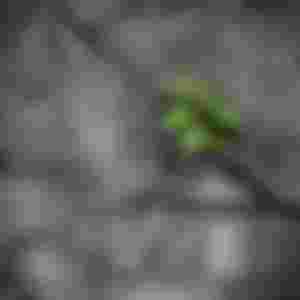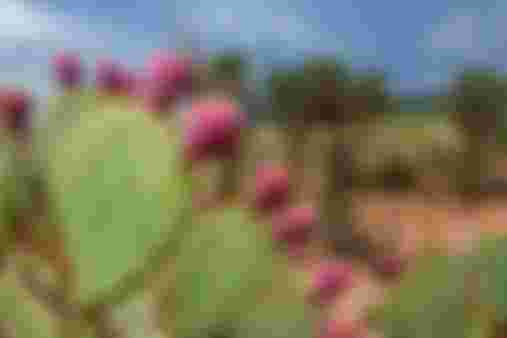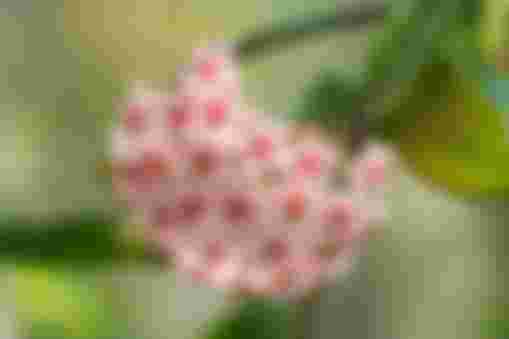Hello Friends!
27 April 2022
The Joshua Tree

It may be a drought-tolerant tree-like forsake plant which is additionally known as Palm Tree Yucca and Yucca Palm. The plant is local to Arizona, Utah, Nevada, and California. This slow-growing and the sun-loving plant can reach up to a tallness of 50 feet.
Thorny Pear Cactus

The plant has thick green juicy clears out secured in spines, and the takes off can store a part of dampness that makes a difference the plant to outlive within the forsake. It is additionally one of the forsake blooming plants having ruddy, yellow, and purple blossoms.
Bend Leaf Yucca
Being a plant that develops within the forsake, Bend leaf Yucca can endure tall sun with exceptionally moo water necessities. The plant gets the title since of its bended in reverse lower clears out. The plant can develop in sandy soil and can reach up to a stature of 4 to 5 feet.
Golden Barrel Cactus

Indeed, one of the foremost wonderful plants that develop within the leave. The plant looks like a circular green ball with lines of sharp yellow spines from the best middle to the foot middle. This plant can as it were develop up to the stature of 3 feet.
Saguaro Cactus

The plant is known as Carnegiea gigantea logically which suggests that it may be a huge cactus plant. And without a doubt, it has the shape that most individuals recognize as a leave plant. It can develop up to a stature of 52 feet but takes its time being a slow-growing forsake plant.
Brittlebush

Brittlebush may be a leave blooming plant and looks no distinctive than a typical blooming plant. It could be a leave bush having firm stems that effectively break. This low-growing bush includes differentiate to the forsake scene through its dynamic yellow blossoms.
The Phantom Plant

The title actually fits as a sort of plant that develops within the leave. The way the plant develops it looks like a blossom, but these are fair the juicy clears out. The plant is native to Mexico and may be a incredible choose for houseplants since of its alluring features.
Red Pancake
Don’t you think it’s such a tasty title for a leave plant? This desert-growing plant got its title from the ruddy colours on beat of its juicy takes off. It is additionally known as a paddle plant, leave cabbage, and flapjacks. The plant requires hot sun to keep its excellent colours.
Fox Tail Agave

This plant too looks like a bloom bursting from the arrive of forsake. It is an fancy cultivate plant having a place to the family of Aloe. The plant flourishes in leave conditions due to its juicy takes off that store dampness.
Living stones,

known as lithops, are a prime illustration of advancement at its best. These succulents have advanced to consistently mix into their environment, and ensure themselves from predators. Upon to begin with look, they see a bit like little stones or stones. Be that as it may, upon closer examination, these stones are really living plants. Originating in southern Africa, where they get less than 2 inches of water a year, these plants are well adjusted to dry climates. The extraordinary climate conditions cause the plant’s arrangement to be stripped down to fair two clears out, which are combined together at its base where the root holds them together. This formation advanced from the plant’s have to be have the slightest sum of surface zone uncovered to the hot sun. The thick stone-shaped clears out also allow the plant to store as much water as conceivable. A coordinate item of advancement, this is often really a intriguing plant to have in your juicy collection!
Queen victoria agave

The marble-like striations on the petals of this agave make it a favorite among cutting edge landscapers. Deductively known as Agave victoria reginae, this agave is local to the Chihuahuan leave of Mexico. It is greatly drought-tolerant and flourishes in solidness zone 7. Formed like a huge rosette, it contains a exceptionally recognizing see that’s comparative to an artichoke. The circular course of action of the takes off permits it to funnel water down towards its root base. Within the wild, the Ruler Victoria agave can live up to 15 a long time.








